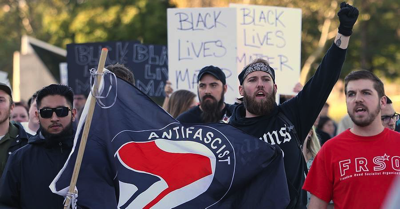 From John M. Ellis, professor emeritus of German literature at the University of California-Santa Cruz and chairman of the California Association of Scholar, in the Wall Street Journal (“Higher Education’s Deeper Sickness“):
From John M. Ellis, professor emeritus of German literature at the University of California-Santa Cruz and chairman of the California Association of Scholar, in the Wall Street Journal (“Higher Education’s Deeper Sickness“):
We are now close to the end of a half-century process by which the college campuses have been emptied of centrist and right-of-center voices. Well-balanced opposing views act as a corrective for each other: The weaker arguments of one side are pounced on and picked off by the other. Both remain consequently healthier and more intellectually viable. But intellectual dominance promotes stupidity. As one side becomes numerically stronger, its discipline weakens. The greater the imbalance between the two sides, the more incoherent and irrational the majority will become.
What we are now seeing on the campuses illustrates this general principle perfectly. The nearly complete exclusion of one side has led to complete irrationality on the other. With almost no intellectual opponents remaining, campus radicals have lost the ability to engage with arguments and resort instead to the lazy alternative of name-calling: Opponents are all “fascists,” “racists” or “white supremacists.”
In a state of balance between the two sides, leadership flows naturally to those better able to make the case for their side against the other. That takes knowledge and skill. But when one side has the field to itself, leadership flows instead to those who make the most uncompromising and therefore intellectually least defensible case, one that rouses followers to enthusiasm but can’t stand up to scrutiny. Extremism and demagoguery win out. Physical violence is the endpoint of this intellectual decay—the stage at which academic thought and indeed higher education have ceased to exist.
It is important to understand why the radical left cleared the campuses of opposing voices. It was not to advance higher education, for that must involve learning to evaluate competing ideas, to analyze the pros and cons of rival arguments and concepts. Shutting down all but one viewpoint is done to achieve the opposite: to pre-empt analysis and understanding. Only in the absence of competing ideas can the radical sect that now controls so much of the campuses hope to thrive and increase its numbers, because it can’t survive open debate and analysis, and its adherents know it.